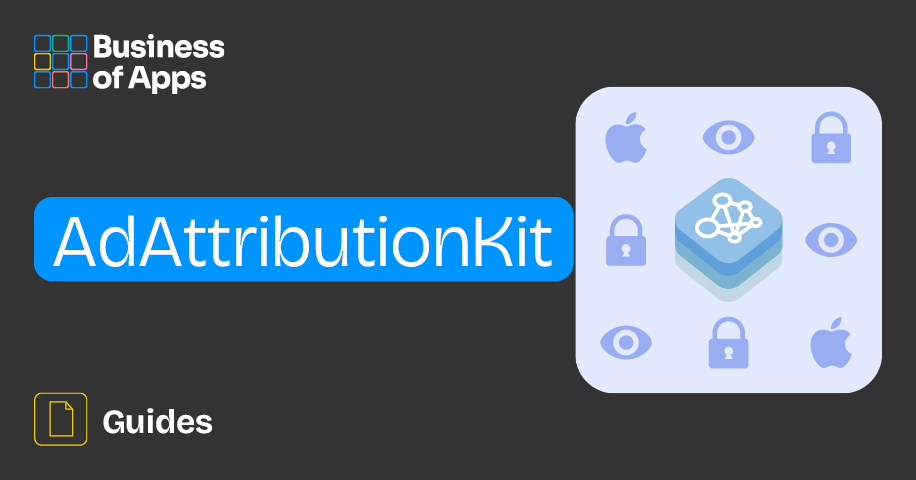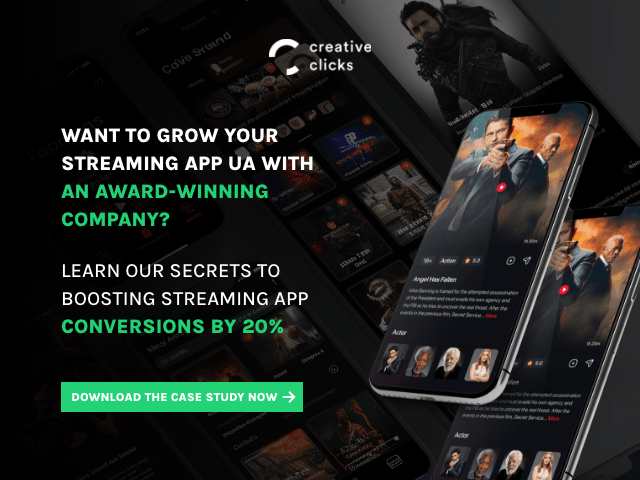
During WWDC in June of this year, Apple revealed AdAttributionKit (AAK, for short), the company’s new measurement framework designed to enhance ad attribution capabilities while maintaining strict privacy standards. It represents Apple’s latest iteration of a framework for measuring ad-driven app installs and user actions, building on the foundations and core principles of SKAN.
However, as one might expect, it comes with major enhancements to streamline and improve the attribution process. Further, it works cross-platform, across both the App Store and alternative app marketplaces.
Given how AdAttributionKit stands to change the measurement landscape going forward, let’s talk about it. From what it is and what it isn’t to how it differs from SKAN and how marketers should prepare, we are covering all you need to know about AAK.
Key changes in measurement coming with AdAttributionKit
At this stage, SKAN and AAK are barely different from one another, functioning in more or less the same way and offering similar capabilities. So, in the interest of anyone who hasn’t got enough time to read the whole guide, here are the three main changes that AdAttributionKit is bringing to the table and are likely to position AAK as Apple’s main measurement framework.
Extended marketplace support
Unlike SKAdNetwork, AdAttributionKit supports alternative app stores, enabling cross-store attribution. This allows marketers to track ad performance across different platforms, providing a more comprehensive view of campaign efficiency.
Re-engagement capabilities
AdAttributionKit also comes with tracking for users who interact with ads after installing an app. This feature, previously unavailable in SKAN, can significantly enhance marketers’ understanding of user retention and engagement.
Developer mode
A new developer mode simplifies the testing of attribution setups. This mode provides real-time data and debugging information, ensuring accurate and reliable attribution metrics before campaigns go live. It also comes with shorter conversion windows, faster postbacks, and no time randomization.
And there you have it, the gist of AdAttributionKit and why everyone is going crazy about it. However, you are more than welcome to keep reading if you want all the nitty-gritty of AAK.
User Acquisition Buyer's Guide
Download our User Acquisition Buyer’s Guide to get a full list of the best service providers on the market to choose from. The guide also covers what is a user acquisition company and how to choose the right one.
Brief history of AdAttributionKit
AdAttributionKit was initially released in March 2024 with iOS 17.4. It was intended to be a SKAN equivalent for third-party app stores, which Apple was legally required to allow in the EU in the aftermath of the Digital Markets Act (DMA).
As previously outlined, it is now available for both the App Store and alternative marketplaces and is positioned to be the future of ad attribution on Apple’s mobile devices.
Now, you might be wondering if Apple will eventually retire SKAN. In fact, no. Apple has made it clear that SKAN is fully compatible with AdAttributionKit, and both frameworks work interoperably. Furthermore, marketers can use both simultaneously and are not required to pick one or the other.
What is AdAttributionKit and how does it work?
First things first, as we’ve mentioned already, there is very little functional difference between AdAttributionKit and SKAN right now. Over time, the two measurement frameworks will likely diverge significantly in their functionalities and even core principles. However, for now, anyone familiar with SKAN essentially has a head start with AdAttributionKit.
Both AdAttributionKit and SKAN use two- to four-digit source identifiers, three postbacks from three measurement windows, crowd anonymity, fine and coarse conversion values, random timers, LockWindow, etc. In the interest of time, I won’t be covering all the details here as we’ve already discussed everything in our SKAN guide, which you can read here.
The main goal of AdAttributionKit is to allow marketers to measure the effectiveness of their ad campaigns while preserving user privacy. Like SKAdNetwork, AdAttributionKit is intended for both iOS and iPadOS. Crucially, it is also compatible with third-party app stores and not just Apple’s App Store.
Further, AdAttributionKit has two key components: App AdAttributionKit and Web AdAttributionKit, though we will be focusing on the former in this guide.
Key components of AdAttributionKit
Like SKAN, AAK ensures user privacy by relying on the principle of crown anonymity. Essentially, the fewer engagements and conversions there are, the less data Apple will send to developers and marketers alike. However, as the number of engagements increases, so will the amount of data Apple will share.
Ad types supported
For attribution purposes, AAK distinguishes between a user clicking and viewing an ad. The value, either click or view, depends on the type of ad that marketers are running. Right now, AdAttributionKit supports three ad types.
Custom click ads are clickable mobile ads that take people to the App Store or a third-party marketplace to download an app. Custom click ads, as the name suggests, only register clicks. As such, simply viewing this ad unit will not generate an impression.
View-through ads track impressions on non-clickable ads (e.g., videos) and can only register views. Crucially, tapping it does not count as an impression.
Store view ads, essentially SKOverlay and SKStoreProductViewController. The former is an overlay you can use to recommend another app or an App Clip’s corresponding full app, while the latter allows you to promote a product page within your app or other media that’s not an app. These can register both clicks and views.
Re-engagement campaigns
As previously outlined, AdAttributionKit also supports re-engagement campaigns, allowing marketers to promote an app that a user already has on their phone but doesn’t use regularly.
When a user interacts with a re-engagement campaign, they are taken directly to the specific app that is being advertised instead of that app’s App Store listing. Further, re-engagement campaigns use deep links to open the app and send users directly to a pre-defined in-app location.
Finally, re-engagement campaigns only register clicks but not views.
To run re-engagement campaigns, developers and marketers will have to target users considered eligible for re-engagement, aka they still have or previously had the app in question on their phone.
In other words, re-engagement campaigns can adapt based on whether a user still has the app installed or not. A user, who previously had the app installed on their phone but has since deleted it, will still be considered as eligible for re-engagement. In this scenario, when they click the ad, they will simply be taken to the app’s App Store listing to download it again.
Developer mode and ad fraud prevention
AdAttributionKit introduces a new developer mode that simplifies the measurement process by making it easier to test attribution setups without live data. Further, this new mode comes with debugging tools that allow developers to quickly identify and address attribution issues.
Finally, AdAttributionKit comes with stricter measures for combatting ad fraud.
Looking ahead
AdAttributionKit represents a significant step forward in privacy-centric ad measurement on iOS and iPadOS. While AAK doesn’t differ too much from SKAN right now, the new developer mode and ability to run re-engagement campaigns are sure to be game changers going forward, positioning AdAttributionKit as Apple’s principal privacy-preserving attribution framework.




